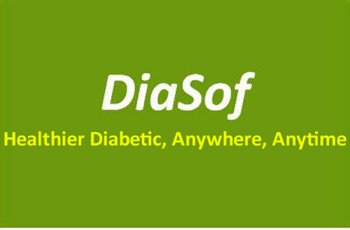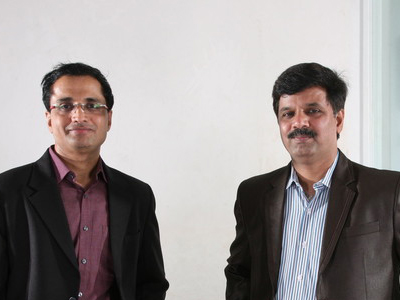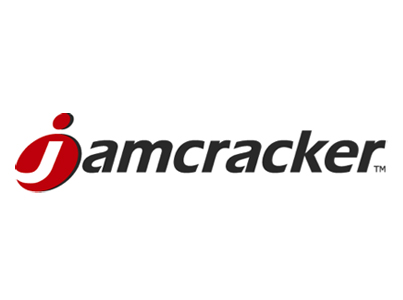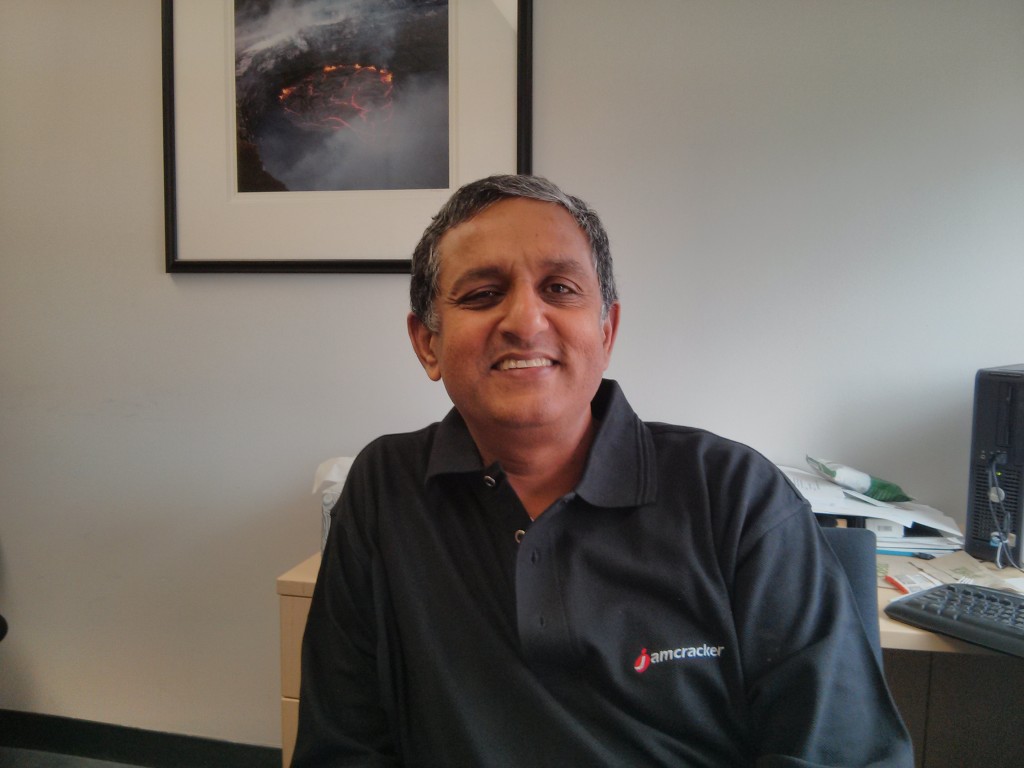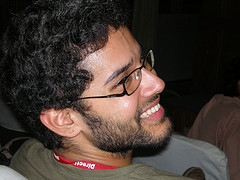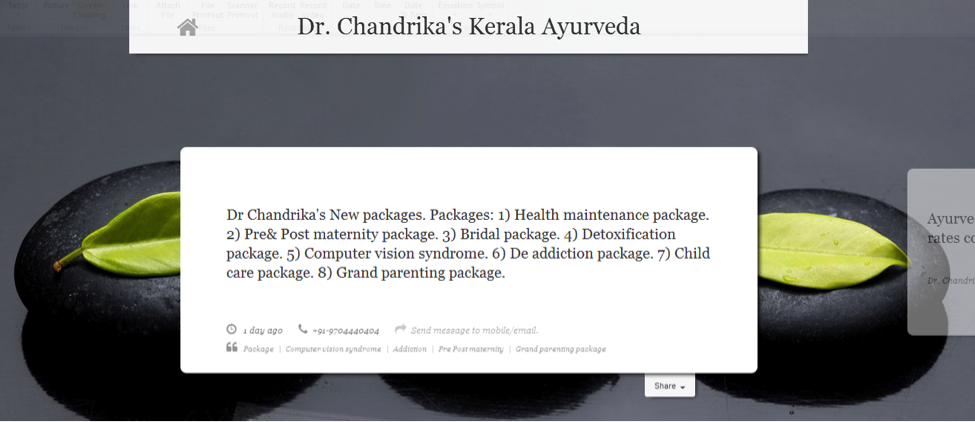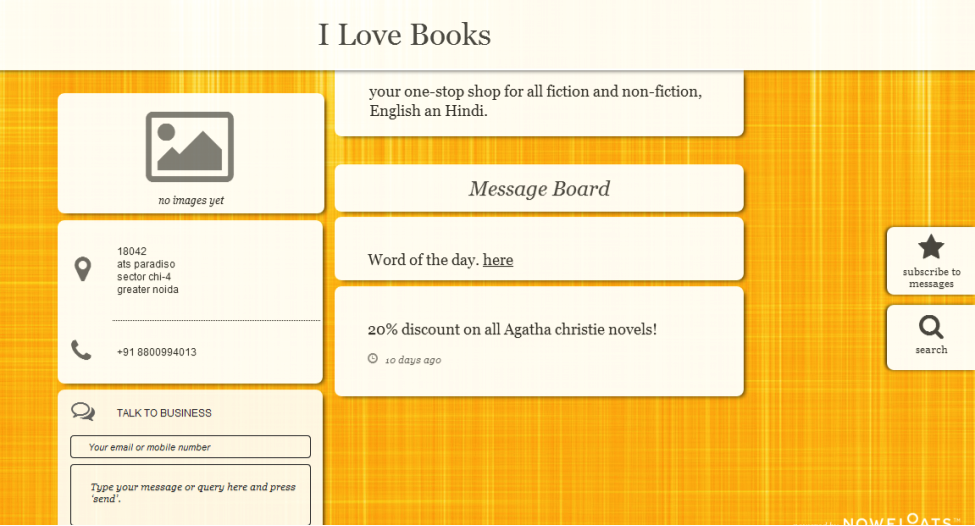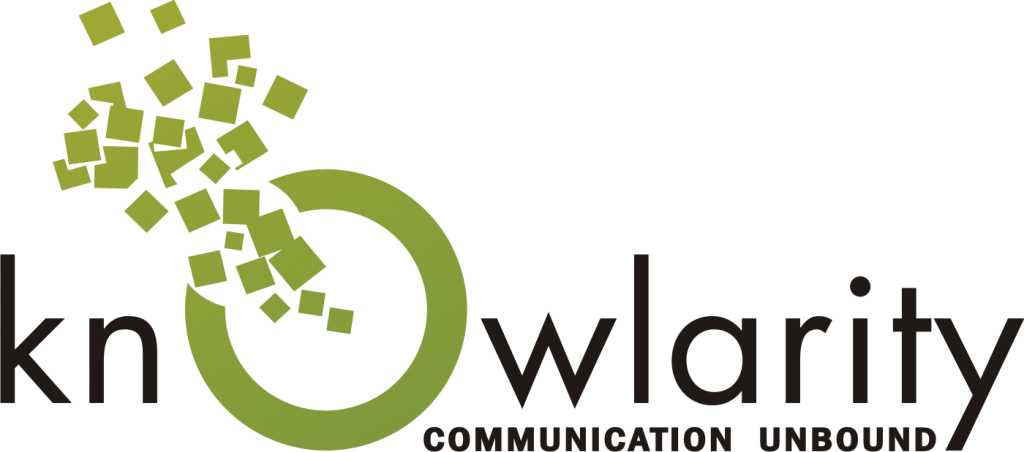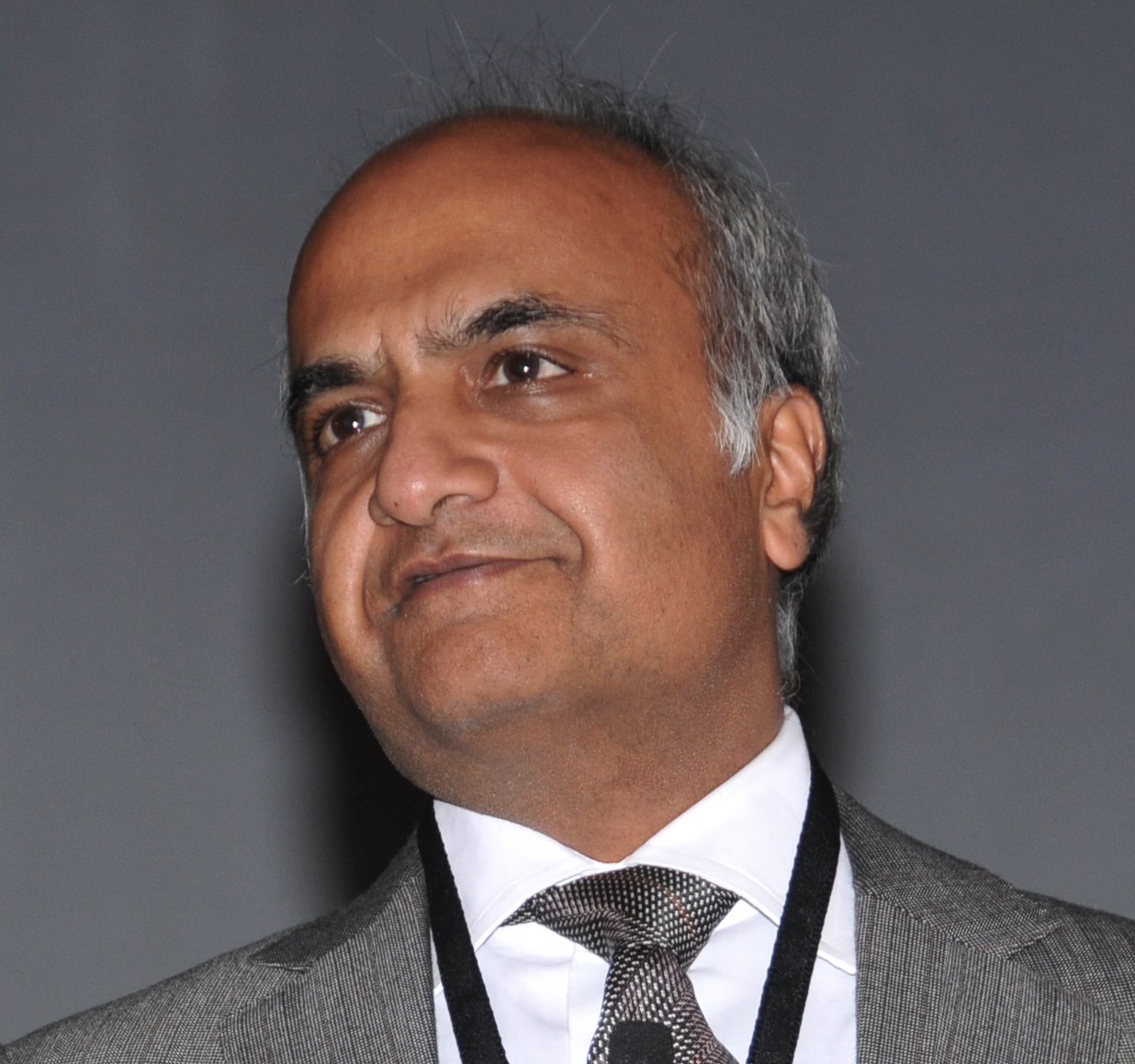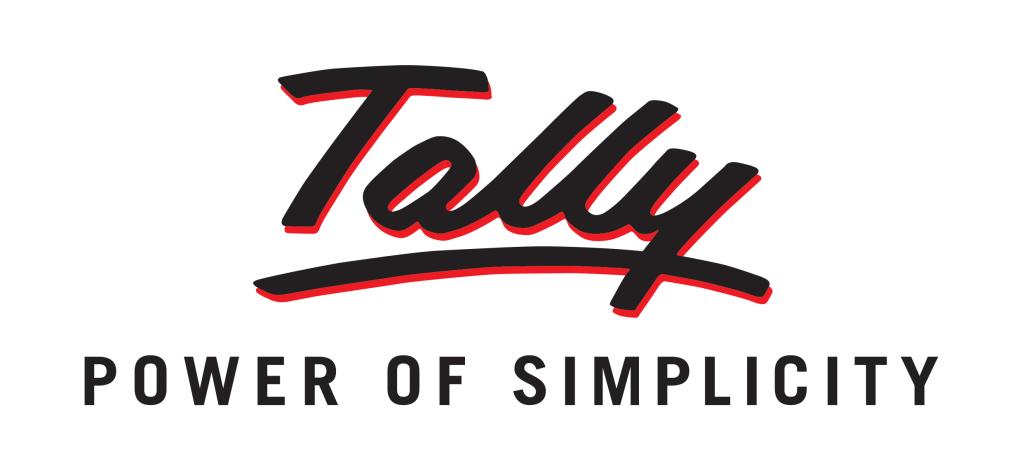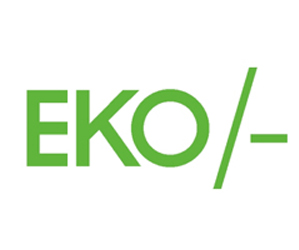ProductNation interviewed Badrinarayanan V S (Badri), Founder of NRich Software. In this discussion, he explains how he was able to build a sustainable business by focusing on solving simple everyday problems of the commoner. Read on…
NRich seems to have more than a decade of experience in offering products and consulting services targeted to Indian customers. Can you tell us about how it all started?
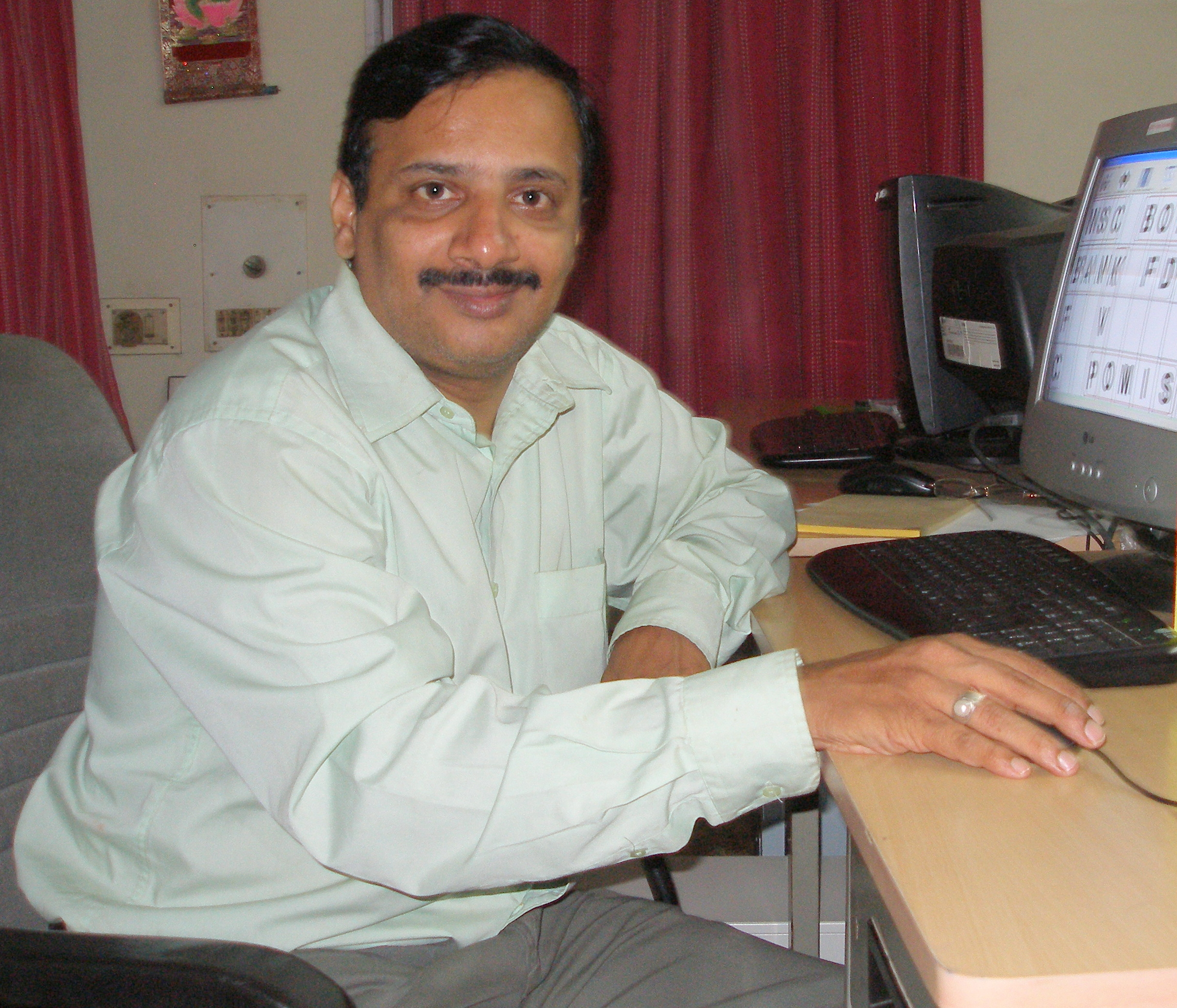 As I gained professional experience working at different software companies in India such as Wipro, Polaris, Kumaran Software and Cybertech, I noticed that none of these companies prioritized software products as their engine for growth. Large part of their portfolio and revenue realization aspects relied on services. To me, this was a disturbing thought, since I was convinced that products based strategy would actually benefit a firm in the long term. This led me to establish NRich software
As I gained professional experience working at different software companies in India such as Wipro, Polaris, Kumaran Software and Cybertech, I noticed that none of these companies prioritized software products as their engine for growth. Large part of their portfolio and revenue realization aspects relied on services. To me, this was a disturbing thought, since I was convinced that products based strategy would actually benefit a firm in the long term. This led me to establish NRich software
My initial thoughts were to try and understand why software products did not sell in India. I was puzzled that although there were many software products in the accounting space, Tally ruled and others weren’t even being noticed. This sparked a detailed research and analysis which pointed to the lack of market-readiness amongst most product vendors in India.
Out of this research was born NRich*Scan, a consulting service that helped diagnose and assess the state of Market Readiness of software products based on 51 critical parameters over the Ideation, Development and Sales & Marketing Phases. Through a series of questions, I would finally arrive at a score that would indicate the areas where the product was strong and areas that one needed to focus on to achieve market success.
How did your first offering fare in the marketplace? What experience did you gain through this?
Given that the concept of market readiness itself was new, there was high resistance amongst large companies towards NRich*Scan. Surprisingly, entrepreneurs were very receptive to NRich*Scan because they were committed to the success of their products. We worked with products across different domains such as Resume Management, Correspondence Management , Jewellery Design, ERP for Process industries, Carnatic Music Tutor etc. Some of our customers saved a lot of cash that would have otherwise gone towards selling an unready product and some even addressed the failings befor re-launching their products.
While it was easy to develop a product, most founders found selling it very tough because their sales people were inadequately skilled and equipped. I created a specialized training program for selling software products called ExSell. Seeing the struggle in selling Hospital Information System (HIS) packages, I have recently launched a special edition of ExSell for HIS.
When and how did your first software product come out from NRich? What factors led to its creation?
From my consulting services, I clearly understood that to design, develop and sell a software product, one need not be a domain expert. Since I had started my analysis of product readiness in the accounting/finance area, I had noticed that not only the businesses, but individuals also needed to be fiscally prudent to manage their expenses. I noticed that no tool existed for this segment and hence developed a simple and easy to use product that would help individuals manage their personal finances powerfully. By the time this product was in the market, Outlook group of magazines were rechristening their personal finance magazine as Outlook Money. They were impressed with our product and ordered 3000 licenses, which they decided to gift to their subscribers. This was a great validation of our product and helped us get traction in the marketplace. Based on this, we created a much more robust product ‘Enrich’ that offered more benefits.
What marketing efforts did you undertake to penetrate the market?
Since we clearly identified that the success of our product required a shift in attitude and behavioral aspects of individuals, we zeroed in on advertising in personal finance magazines. This was largely because we figured out those who buy or read these magazines are concerned about their money and hence would find our offering attractive. We talked about their lives and their issues by not managing their money powerfully and positioned Enrich as a solution to their problems. We were amazed at the response we got. People from all over the country including small towns and villages, readily paid money into our bank account or ordered via VPP (the India Post option of Cash on Delivery) just on the basis of our empathetic ads.
How did the transition from offering personal finance product to a healthcare offering happen?
With the success of our personal finance product, we realized that consumers were willing to look at software products to help them manage their lives and that inspired us to address the health care especially chronic disease management. We clearly observed that just as how people were careless in managing money, they were equally casual about their health. It was not that they were neglecting their health, but many other things occupied their minds which made them attending to regular tests or attend reviews a low priority.
We also observed that the approach by patients and doctors towards chronic diseases was callous. Most patients would file their test results and prescriptions and forget and the doctors would probably look just at the latest result for diagnosis and treatment. In this process, vital information about the history of the patient over time was being missed out.
To make a difference in this scenario, we conceptualized and implemented Diasof (www.diasof.com) an online service that helps diabetic patients to be Healthier Anywhere, Anytime. DiaSof helps the users share their analyzed medical history with their doctors either online or via a hard copy and also remind them via email and sms to take their tests in time and meet their doctor as scheduled. Further, they would be able to access their own records from anywhere using their mobile phones or tablets, which could be invaluable whilst travel and in cases of emergency.
How did your customers receive the new product? What challenges and successes you have had selling this to your target segment?
Although we tried reaching Diabetic patients through pharmacies and diagnostic labs, we found that their receptivity and willingness was maximum when their doctor recommended DiaSof.
We were fortunate to find a very patient-responsive and forward looking supporter in Dr Vijay Viswanathan, an eminent Diabetologist and the MD of MV Diabetic Hospital in Chennai. Together, we have made DiaSof available to many Diabetic patients from all over the country and the numbers are increasing at a rapid pace. The response from many senior diabetologists and endocrinologists is also very encouraging. Our goal is to Save A Million Diabetic Lives By End Of 2015.
We are in the process of signing up more hospitals and physicians and replicate this model across major towns and cities in India in the months to come.
Upon observing your offerings thus far, I notice that you are focused on solving the often overlooked and very minor problems that people may face. How does this approach help you succeed or differentiate with others – and is this mode sustainable for a company?
It is my belief that a software product is successful when it is simple and extremely easy to use besides being affordable. Hence, at NRich, we are maniacally focused on delivering lean software solutions so that our users can realize the value quickly. We add facilities only when we are doubly sure that they will add value. We recently added a facility for the users to upload their photograph into their DiaSof account, not for cosmetic purposes but because doctors will be able to recognize their patient’s face better than by name.
Although the framework of DiaSof can be applied for any chronic disease without much modifications, we have consciously kept the focus on Diabetes. We have, for example, developed a product that addresses Thyroid management but we will launch it only when DiaSof reaches a critical installation base.
From your experience, what are the key aspects one should focus on when building a product based business in India? What needs to be kept in mind if one needs to sell to Indian customers?
Firstly, one should identify the target customer segment, in a way that it is not too narrow (in which case you cannot scale) nor too broad (which makes focus virtually impossible). This is absolutely critical. Once this is done, there must be high clarity on the pain points of this segment and how your product solves those pain points.


